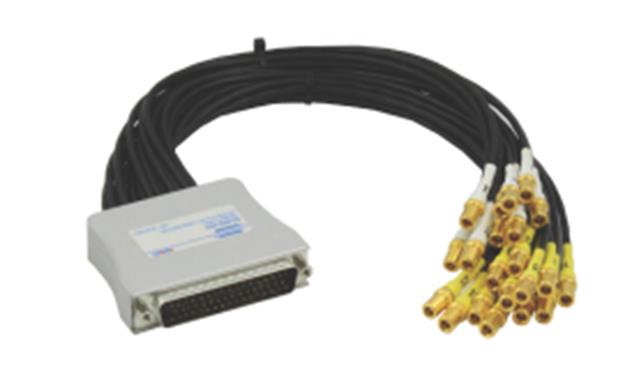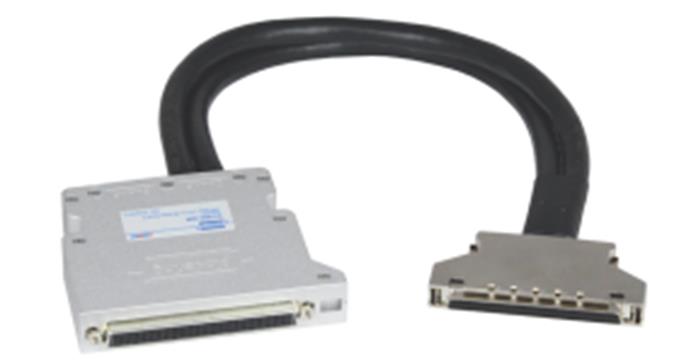eBIRST Adapters
There are three eBIRST tools available which differ in the connector they use to interface to the switching system. The connectors are 200 pin LFH, 78 pin D and 50 pin D. Each tool internally has a MUX and a measurement system designed around this connector.
In principle tools can be created for any connector that might be used for a switching system, but doing so would require users with many different Pickering Interfaces switching systems to buy many more tools. Instead of creating more tools, eBIRST uses adapters which select an eBIRST tool and then provide a conversion to a different connector.
Adapter Design
The adapter may be created from cable based interfaces or from PCB based interfaces. The decision on which to use is driven by a variety of factors but one is the complexity of designing an adapter while making sure that the adapter connects to the switching system without creating mechanical access problems to adjacent connectors.
PCB based adapters uses reference tracks that can be measured to remove the effects of PCB track resistance from the measurement results.
On cable based adapters they may require the use of a shorting fixture that enables eBIRST to measure the cable resistance and check its integrity before measurements are conducted on the switching system.
Connection to RF Systems
Pickering interfaces is also able to convert a 50 pin D tool to SMB to allow the testing of RF switching systems with eBIRST.
The eBIRST adapters do not provide solutions for 75 Ohm or loop thru systems on flying leads.
What do the Termination Fixtures Do?
They apply a short to the end of the adapter which allows the eBIRST tool to calibrate any resistance in cable adapters and check for high resistance or cable failure. Termination Fixtures are not needed on some types of adapter as they are PCB based and have predictable characteristics. Tools not using adapters do not require Termination Fixtures.
Where a product requires the use of master slave tools then one Termination Fixture is required for each adapter type, if the tools are identical then only one Termination Fixture is required. If the adapters are different then one is required for each adapter as the checking process is carried out independently.

